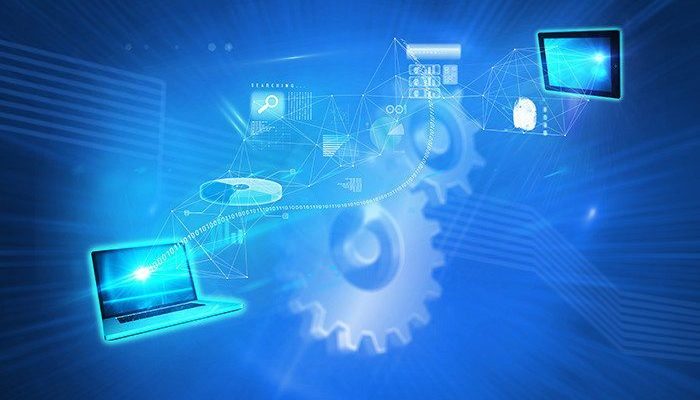The 2020 Field Engineer’s Toolkit – Part 4
Jul 09, 2015 • Features • connected devices • Future of FIeld Service • future of field service • machine-2-machine • IoT
In this exclusive series written by Field Service News Publisher, Kris Oldland, we’ve seen how a number of emerging technologies could change the way our field engineers work in the not so distant future.
In part one we explored smart watches, in part two we looked at smart glasses and drones. In the third part of this series we looked at one of the simplest emerging technologies in NFC and one of the most exciting and futuristic in 3d printing.
However, in this the final instalment of this series we look at the technology that could underpin the way field service operates entirely in the not so distant future: the Internet of Things.
The Internet of Things
Now, unlike mobile 3D printing, the final inclusion on this list is here-and-now, already being actively utilised by field service companies although widespread adoption has yet to appear. However, given the recent announcement of an agreement between PTC and ServiceMax bringing the first connected field service solution to market, this may well soon change.
What exactly is the Internet of Things? Well, very simply it does what is says on the tin : it is an Internet specifically for the use of non-human things.[quote float="left"]IoT takes the concept of communication and brings it to all manner of devices.
We talk about smartphone communication a lot; well, essentially IoT takes the concept of communication and brings it to all manner of other devices – from washing machines to generators powering the national grid. Each of these devices is capable of communicating, of sending data about how it’s operating, so that we can remotely monitor its performance and condition.
Again the implications for such a technology in field service are phenomenal. Let’s take a simple example of a coffee machine. One of the sensors on a smart coffee machine could simply be monitoring the temperature of the water it delivers.
If the water temperature begins to move out of accepted parameters this can be communicated to the coffee machine’s manufacturer triggering an action. That action could be sending an engineer out to rectify the problem before it escalates to the point where the coffee machine stops functioning.
The benefits of such preventative maintenance can be felt by both the field service company who are able to schedule this work alongside other work in the vicinity making them more productive and also by the customer who have the benefit of no downtime on that machine.
The other benefit of IoT is that this is not a one way street.
Remote diagnostics is powerful, but there is also the potential to remedy many issues for many devices via remote maintenance whereby certain issues can be corrected by simply logging into a device and making amendments through the software.[quote float="right"]Maintenance could even be automated so that engineers are only sent out to those maintenance and repair jobs that truly require them.
Such an approach could further reduce the need for engineer visits with, again, massive cost-saving potential for field service companies.
Further still, much of this remote maintenance could even be automated. Corrective measures are incrementally taken as a first step, which could resolve an issue without the need for an engineer, so that engineers are only sent out to those maintenance and repair jobs that truly require them.
Also the relay of such data also makes it possible for jobs to be clearly prioritised. In fact the opportunity to implement connected devices into a field service company’s processes are truly numerous and each can have an impact on the efficiency of the company’s workflow.
The other key facet of the Internet of Things is that we are able to collect vast amounts of data from our devices which can be fed back not only into our field engineering teams – for example a best set of settings for optimal device output - , but also back into our R&D teams. Perhaps there is a very common fault that could be rectified in the next device iteration – again easily flagged up by the data recorded by our IoT-ready devices.
So there is great value in this data we are capturing, and the interpretation of this data, as well as the potential streamlining of workflow, is why IoT is envisioned by many as being the bedrock of future field service operations.





















 Field Service News is published by 1927 Media Ltd, an independent publisher whose sole focus is on the field service sector. As such our entire resources are focused on helping drive the field service sector forwards and aiming to best serve our industry through honest, incisive and innovative media coverage of the global field service sector.
Field Service News is published by 1927 Media Ltd, an independent publisher whose sole focus is on the field service sector. As such our entire resources are focused on helping drive the field service sector forwards and aiming to best serve our industry through honest, incisive and innovative media coverage of the global field service sector.
Leave a Reply